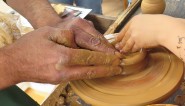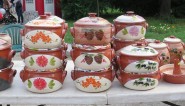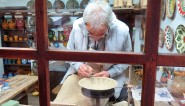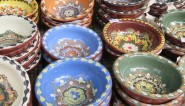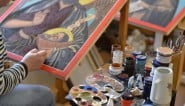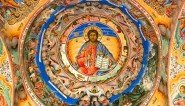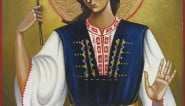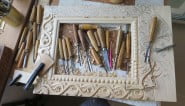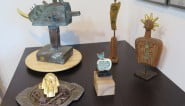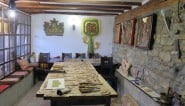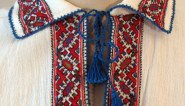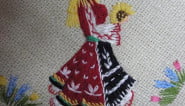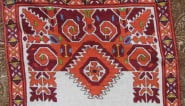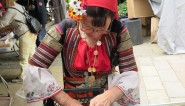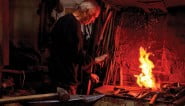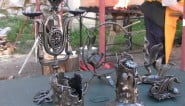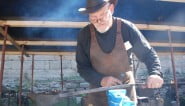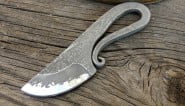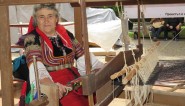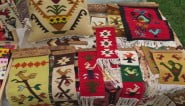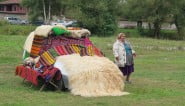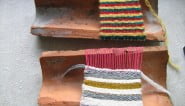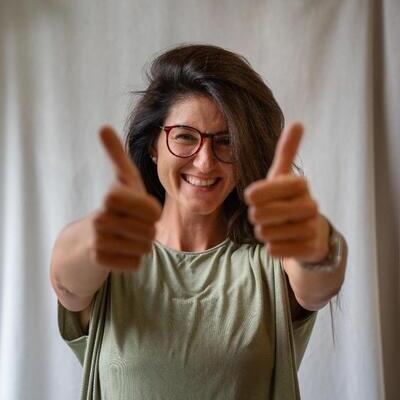Choose Your Custom Tour
Reviews
The hike is worth every cent and every second. We are still talking about our experience in Rila mountain! Our tour guide, Adriana was wonderful, very knowledgeable about the nature […]
Gibbs, K. UKOut tour guide Adriana took me and my girlfriend on a fascinating day tour to Rila Monastery and Melnik. Adriana was a source of interesting detail about all aspects of the country and is clearly […]
Henn, G. USAAdriana was a perfect guide in Sofia!! She was so enthusiastic and such a wealth of knowledge ! I have been to Bulgaria other times but she brought new information and details that we loved!
Ravn, F. DenmarkAdriana made a custom tour for us! It was so well orgnized but still so relaxing, exprienced and enjoyable. She introduced us Plovdiv, Melnik and Rila monastery. I am so glad that we chose […]
Castillo, M. USAWhat a fantastic day. Adriana picked my husband and I up in the lobby of our hotel and was fun and informative right from the start. She is very personable and knowledgable. […]
Thygesen, S. Denmark

